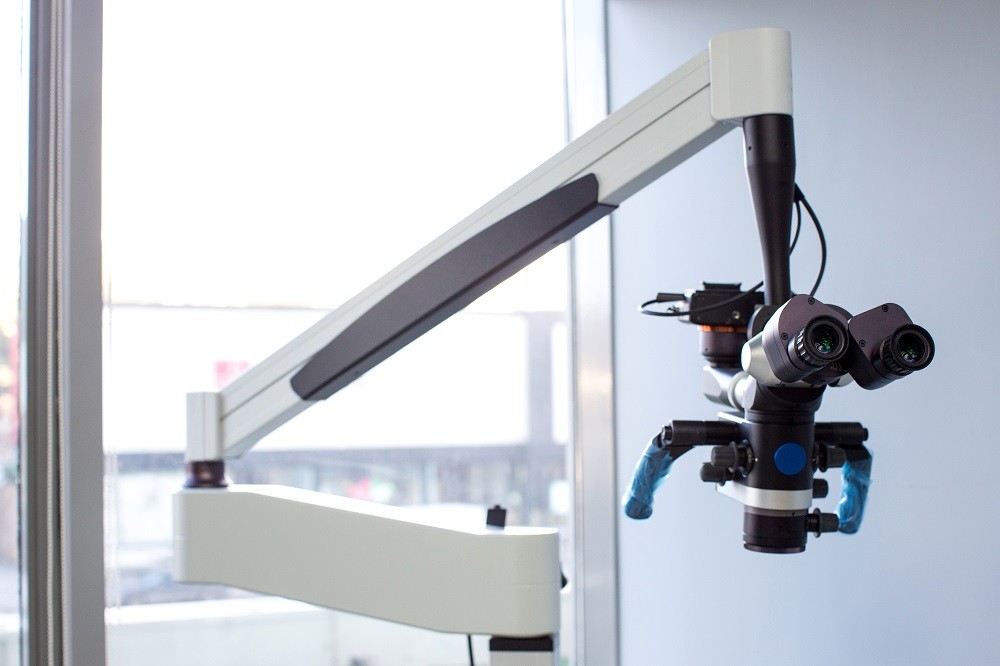In recent years, the field of spinal surgery has witnessed a remarkable evolution with the integration of cutting-edge technology. One of the most significant advancements has been the incorporation of robotics in minimally invasive spinal procedures. This innovative approach combines the precision and expertise of skilled surgeons with the unparalleled accuracy and control provided by robotic systems. In this article, we will delve into the ways in which robotics is revolutionizing the landscape of spinal surgery, enhancing patient outcomes, and shaping the future of healthcare.
Precision and Accuracy
Robotic systems in minimally invasive spinal surgery have revolutionized the level of precision and accuracy that can be achieved during procedures. These machines are equipped with advanced imaging and navigation technologies that allow surgeons to have a real-time, three-dimensional view of the surgical site. This enhanced visualization enables surgeons to navigate through intricate spinal structures with unprecedented accuracy, reducing the risk of damage to surrounding tissues and nerves.
Moreover, robotic arms are capable of performing repetitive tasks with unparalleled consistency, minimizing the margin of error. This level of precision translates to improved surgical outcomes, reduced complication rates, and faster patient recovery times.
Personalized Surgical Planning
Robotic-assisted minimally invasive spinal surgery in Orange County offers the ability to create highly personalized surgical plans tailored to each patient’s unique anatomy. Prior to the procedure, preoperative imaging data is fed into the robotic system, allowing for a comprehensive analysis of the patient’s spinal structure. This data is then used to generate a customized surgical plan that outlines the specific steps and parameters for the procedure.
This level of customization ensures that the surgical approach is optimized for the individual patient, maximizing the likelihood of a successful outcome. It also allows surgeons to address complex and challenging cases with a higher degree of confidence.
Improved Ergonomics for Surgeons
Robotic systems in spinal surgery are designed to enhance the ergonomics of the operating room. These machines are equipped with articulated arms that can mimic the movements of a surgeon’s hands with a greater range of motion and precision. This means that surgeons can perform intricate tasks with reduced physical strain and fatigue.
The ergonomic benefits of robotic-assisted surgery not only contribute to the overall well-being of surgeons but also extend to the quality of the procedure itself. Surgeons can maintain a steady hand and focused concentration throughout the operation, ensuring the highest level of precision and accuracy.
Enhanced Training and Skill Development
The integration of robotics in minimally invasive spinal procedures has transformed the training process for surgeons, including those in Orange County. With robotic systems, surgeons, including Orange County Neurosurgeons, can engage in realistic simulations and virtual rehearsals of complex procedures before performing them on actual patients. This virtual training environment allows surgeons to refine their skills, familiarize themselves with the robotic system, and gain confidence in their abilities.
Additionally, robotic-assisted surgery provides a platform for experienced surgeons to mentor and train the next generation of spinal surgeons. This collaborative approach to surgical education contributes to the continuous improvement of surgical techniques and the dissemination of best practices.
Reduced Hospital Stay and Quicker Recovery
One of the most significant advantages of robotic-assisted minimally invasive spinal surgery is its potential to accelerate the recovery process for patients. The precision and minimally invasive nature of these procedures result in smaller incisions, reduced tissue trauma, and minimized blood loss. As a result, patients experience less postoperative pain and discomfort.
Furthermore, the reduced invasiveness of robotic-assisted procedures often leads to shorter hospital stays. Many patients are able to return home sooner, allowing them to resume their daily activities and routines more quickly compared to traditional open surgeries.
Conclusion
The integration of robotics in minimally invasive spinal procedures, particularly with the expertise of Robert Louis MD, represents a transformative leap forward in the field of spinal surgery. The precision, personalized planning, ergonomic advantages, enhanced training opportunities, and expedited recovery times offered by robotic-assisted surgery have redefined the possibilities for patients dealing with spinal conditions. As this technology continues to evolve, we can anticipate even greater strides in improving patient outcomes and revolutionizing the way we approach spinal healthcare. For inquiries or appointments, please contact Robert Louis MD at (949) 383-4185. The future of spinal surgery is undeniably shaped by the powerful synergy of human expertise and robotic precision.






















